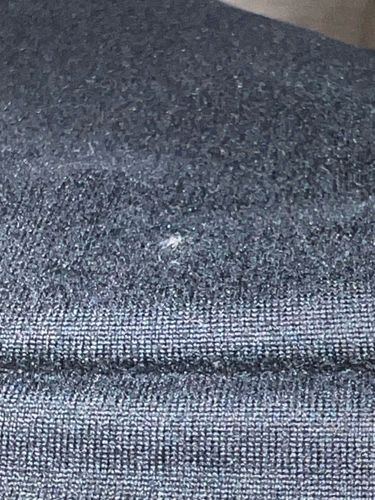Springtail
Scientific Name: Various species within Collembola
Order & Family: Order: Collembola, Various families (e.g., Entomobryidae, Isotomidae, Sminthuridae)
Size: Typically 0.2 mm to 5 mm (most are less than 2 mm)

Natural Habitat
Moist, damp environments with decaying organic matter, such as soil, leaf litter, rotting wood, under rocks, and around plumbing leaks indoors.
Diet & Feeding
Mainly decaying organic matter, fungi, mold, bacteria, and sometimes algae. They are detritivores.
Behavior Patterns
Springtails often jump when disturbed due to a furcula (a forked appendage) under their abdomen. They are often found in large numbers but are generally harmless to humans and indoor environments, preferring moist, decaying organic matter. Their activity often increases in high humidity.
Risks & Benefits
Generally beneficial as decomposers in ecosystems, aiding in nutrient cycling. They pose no direct risk to humans (do not bite or sting) and are not known to transmit diseases. Indoors, their presence can indicate high humidity or moisture problems, which might lead to mold growth.
Identified on: 9/2/2025